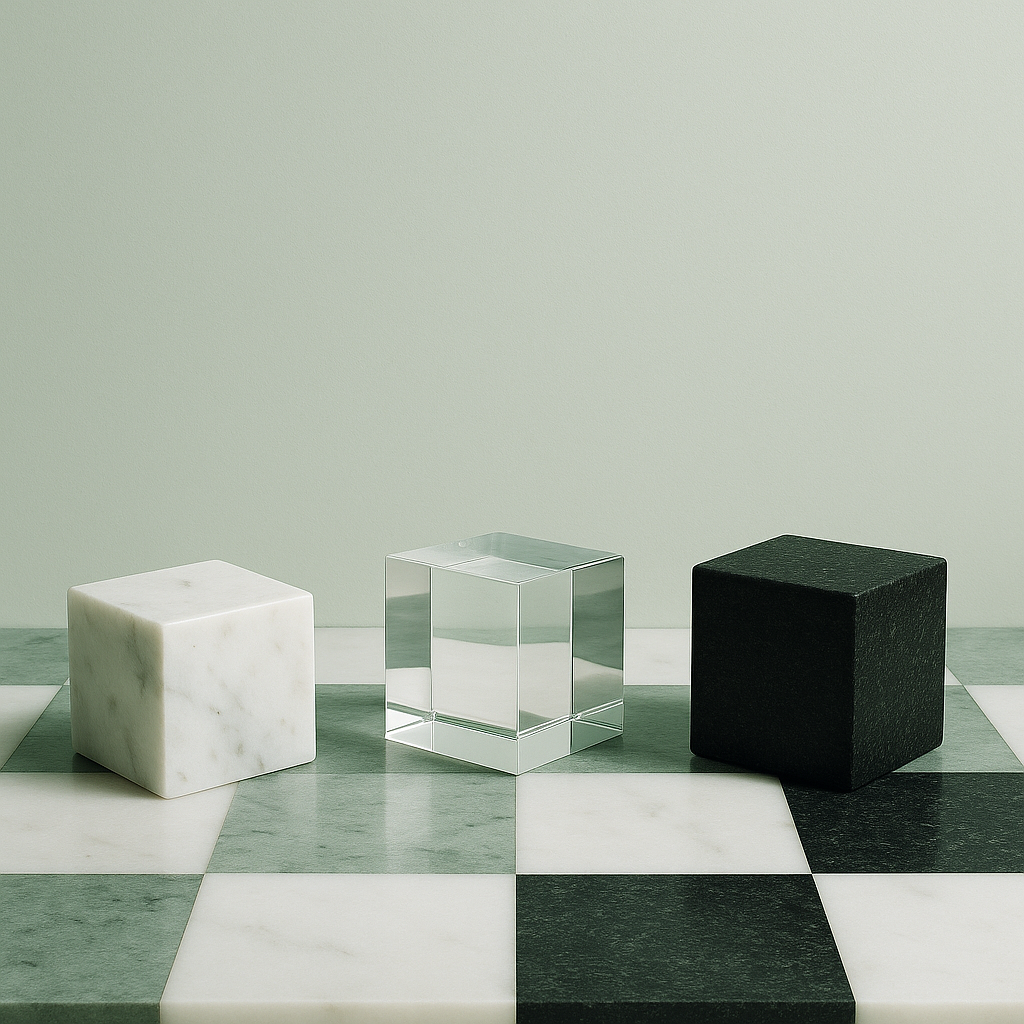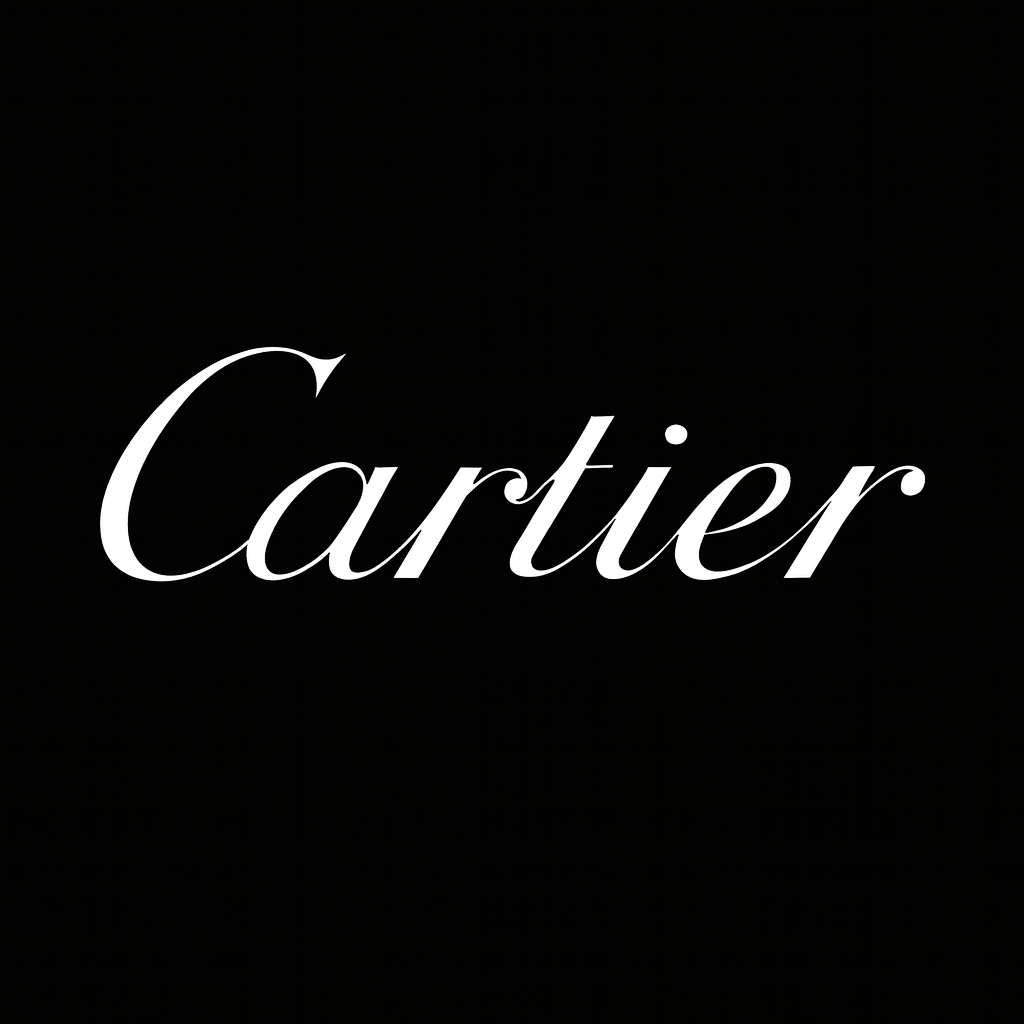
Piaget
Piaget is a Swiss luxury Maison that brings Haute Horlogerie (High Watchmaking) and Haute Joaillerie (High Jewelry) together under one Maison.under one roof. The story starts in 1874, when Georges-Édouard Piaget set up his workshop in La Côte-aux-Fées, crafting ultra-precise movements and components. From the beginning, he set the tone with a simple rule:
always do better than necessary.
That mindset became Piaget’s signature. It fueled a rare dual mastery and a the look that the brand is famous for: bold lines, technically demanding creations, and a joyful, generous use of gold & color.
Since 1988, Piaget has been part of the Richemont luxury group, carrying its founding spirit into a modern era while staying true to that original promise of uncompromising excellence.
The Dual Pillars of Creation
Piaget’s corporate strategy is defined by two interlocking pillars of technical and artistic supremacy:
A. The Supremacy of Ultra-Thin Horlogerie,
B. High Jewelry and Extravagant Aesthetics.
A. The Supremacy of Ultra-Thin Horlogerie
Piaget secured its place in watchmaking history by pioneering the ultra-thin revolution, a feat that demands extraordinary micromechanical skill.
- Pioneering Movements: Key milestones include the hand-wound Calibre 9P (1957) and the self-winding Calibre 12P (1960), both setting world records for thinness in its time.
- Altiplano Legacy: The modern Altiplano collection is the ultimate expression of this legacy. Its standout, the Altiplano Ultimate Concept, achieves an astonishing 2 mm profile, continually stretching the limits of what mechanics can do.
- Manufacture Mastery: Piaget designs and produces its precise Swiss-made movements in-house, a true hallmark of high watchmaking craft.
B. High Jewelry and Extravagant Aesthetics
Piaget also stands out for high jewelry that pairs bold design with technical mastery.
- Signature Craftsmanship: The Maison is renowned for masterful hand-worked gold and precise gemstone setting, most famously its hand-engraved Decor Palace motif, which gives gold a distinctive, textile-like shimmer.
- Iconic Collections: Collections like Possession (launched in 1990, known for its playful rotating elements), Limelight Gala (a graceful design language inspired by the 1970s), and Piaget Polo bring jewelry sensibilities together with high-performance movements.
- Artistic Expression: Marking the brand’s 150th anniversary in 2024, the Extraleganza High Jewellery series embodies this spirit with 51 creations that fuse Haute Horlogerie with bold, Pop-Art-inspired artistry, showcasing vibrant ornamental stones like rhodochrosite and sugilite.
Piaget turns its pieces into art, from the “Decor Palace” hand-engraving to the multidisciplinary craft of the Ateliers de l’Extraordinaire. This deliberate fusion of watchmaking and artistic expression (often called artification) gives each piece an undeniable symbolic power and deepens the Maison’s prestige.
Piaget’s deep technical foundation that sustained across generations, took a pivotal turn when Timothée Piaget expanded the business into complete luxury wristwatches and pocket watches. This evolution anchored the brand’s sense of historical permanence, a hallmark of true luxury. Formal steps followed: registering the Piaget trademark in 1943 and opening a dedicated manufacture in 1945, moves that placed creation and heritage firmly under the Maison’s own control. Even after joining the Richemont Group in 1988, this lineage remains central, reinforcing Piaget’s identity as a cultural, timeless house rather than a passing fashion.
By
August 20, 2025
.png)
.png)



